Corn Diseases
All Corn Diseases Content

Crop Hour
SDSU Extension Crop Hour webinars provide valuable information for South Dakota crop producers to help them improve their profitability and prepare for the upcoming season.

Corn
Nearly one out of every three dollars generated by South Dakota agriculture starts in a corn field. Two of every three rows of corn become ethanol.
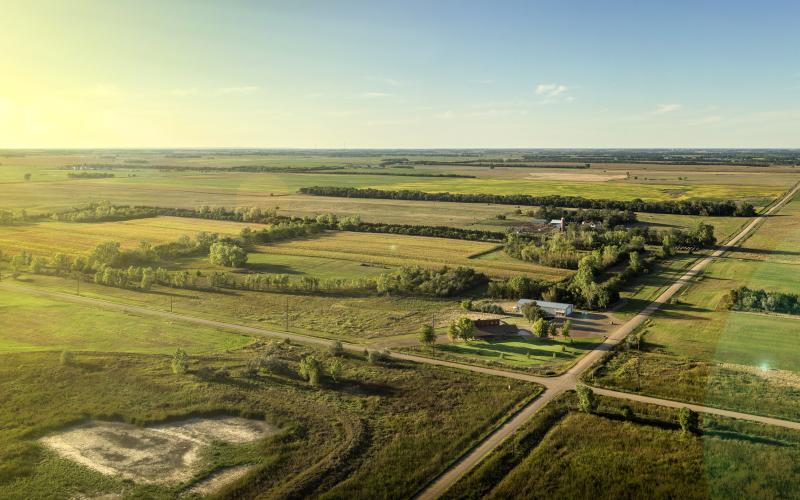
Crops
During the growing season, SDSU Extension provides weekly production recommendations.
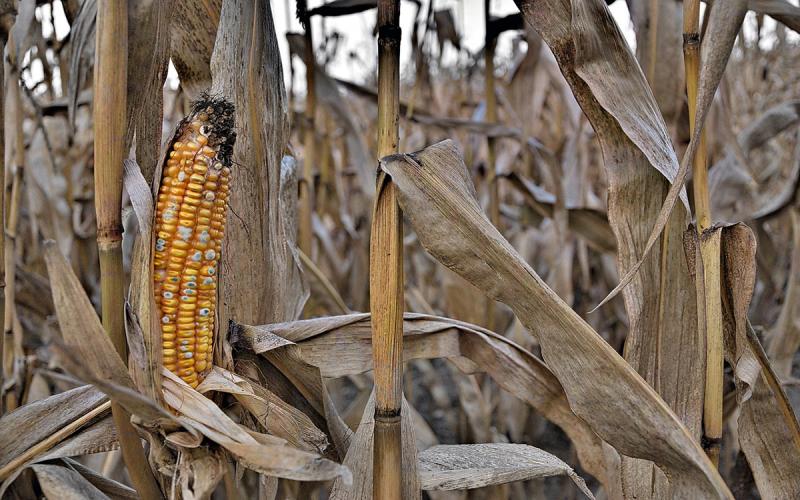
Mycotoxins: Should you be concerned?
Environmental stress caused by the weather or damaged crops increases the potential for mold and mycotoxin development. Learn some answers to common questions about mycotoxins and how to manage them.
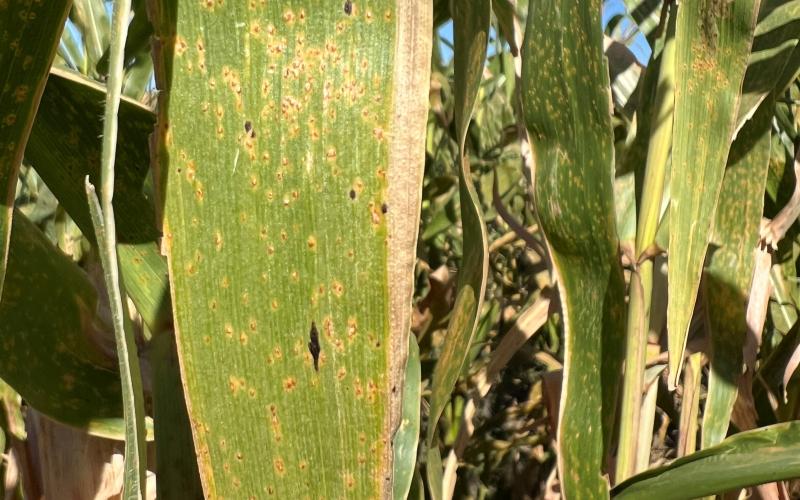
SDSU Extension to host corn disease scouting workshop
September 23, 2025
South Dakota State University Extension will host a scouting session for corn diseases confirmed in the state this season.
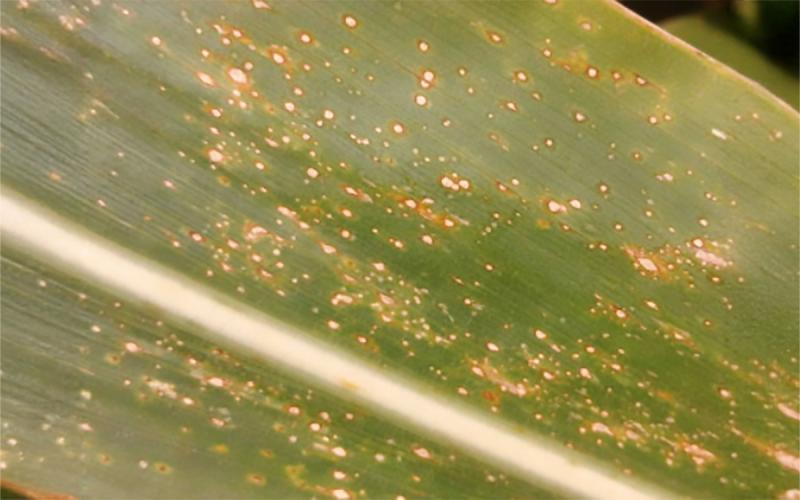
Corn Disease Update: September 2, 2025
As of September 2, 2025, a number of corn diseases have been reported and confirmed throughout South Dakota. View our latest findings as we approach the fall harvest season.
SDSU Extension programs help producers maintain healthy crops
August 26, 2025
Madalyn Shires puts on a lot of miles in the summer. As an assistant professor and SDSU Extension Plant Pathology Specialist, Shires traverses the state visiting research plots and educating crop producers on that research.
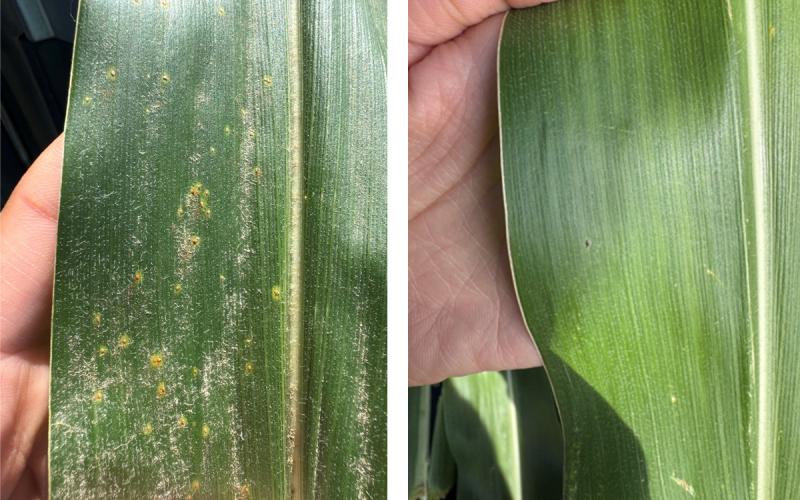
Corn Diseases in South Dakota Update
Several South Dakota counties have confirmed positive cases of Southern Rust and Tar Spot this growing season. See our latest recommendations for dealing with these diseases before they become a problem.
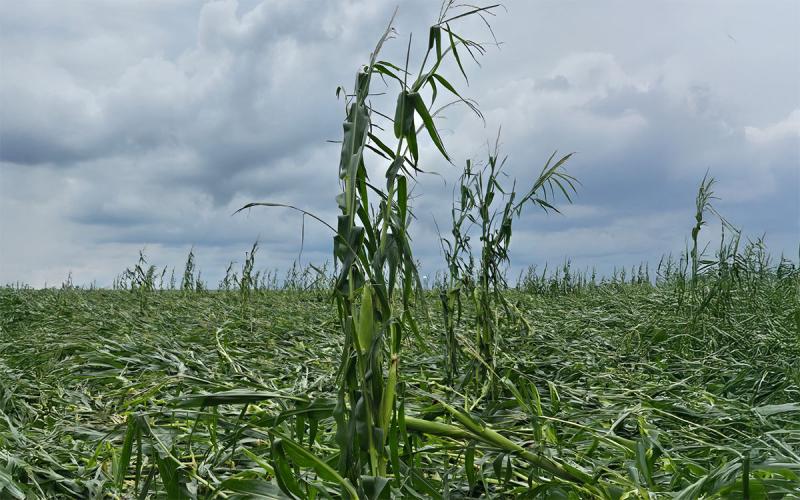
Are Fungicides Needed On Hail-Damaged Crops?
Recent storms brought rain, severe wind, and hail. With the hail and wind damage that occurred, many growers are wondering if a fungicide application is needed to protect their hail or wind-damaged crops.

Southern Rust Observed in South Dakota Corn Fields
Southern Rust was recently confirmed in South Dakota corn fields. Yield impacts from Southern Rust can be high, so scouting for the disease is highly encouraged to determine if it is present.